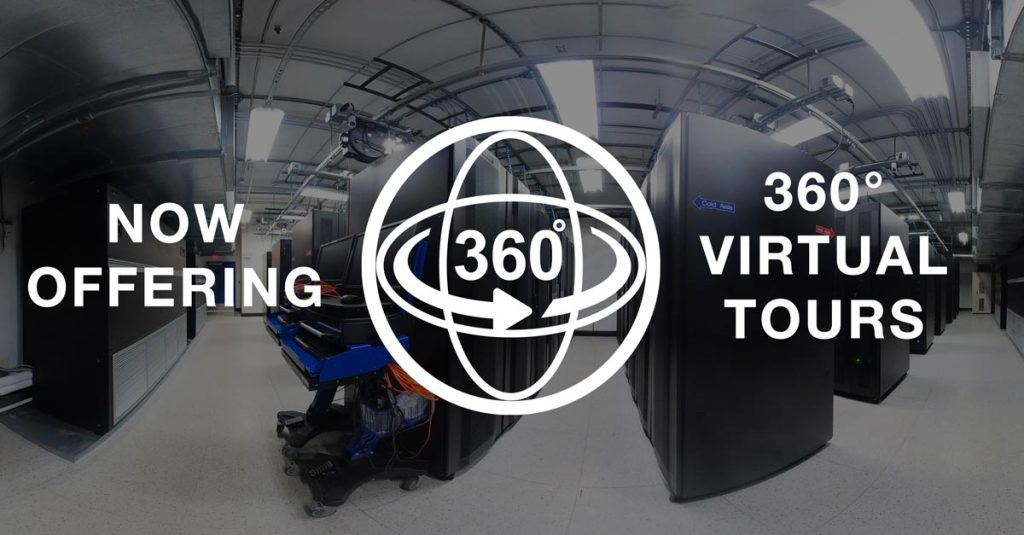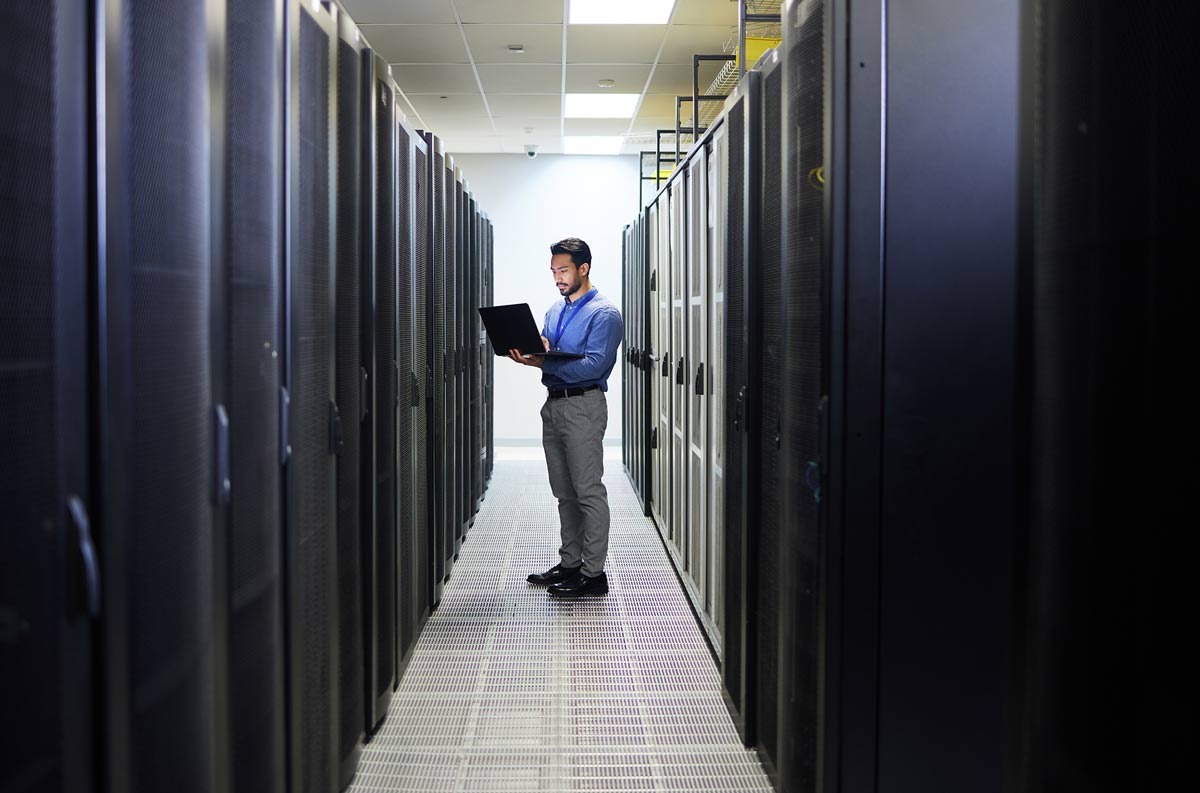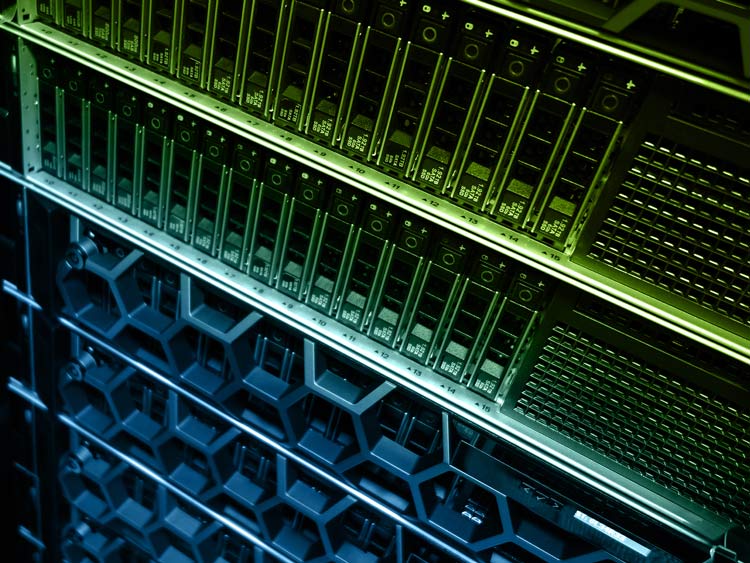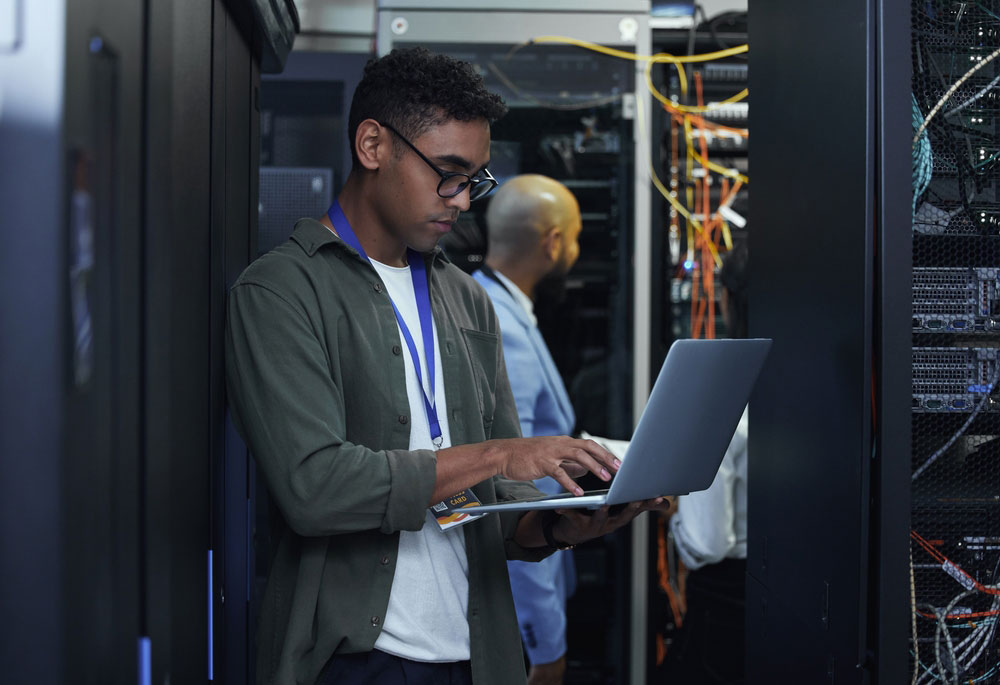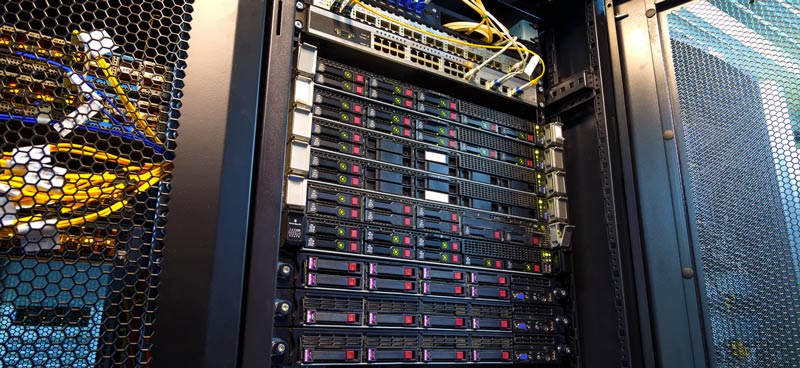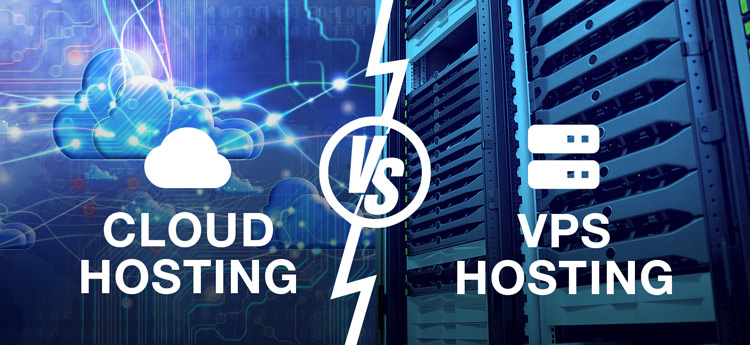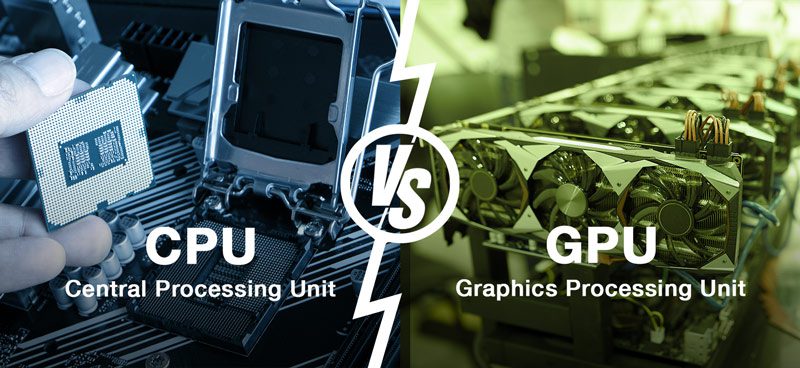Congratulations on your first dedicated server. Once you receive the information for your server, you will probably want to start migrating or creating your website immediately. However, if you have little to no experience with systems administration you should first thoroughly understand the tools you have at your disposal before you get started.
Often overlooked, the journey toward dedicated server enlightenment begins with your webhost. Though the reading may be a bit dry, you would do well to understand specifically what you bought, what you are responsible for, and what things your webhost will take care of. Here is a general list of what you will want to do:
1. Read Over and Understand your TOS: Your Terms of Service specify the legalities of your server. In it you will find those things your service provider is responsible for and those things you are responsible for. Pay close attention to uptime guarantees, any information on scheduled downtime, and the steps needed to cancel your service. Keep a copy of the TOS handy.
2. Read Over and Understand your Support Package: Even with unmanaged dedicated servers, the webhost is still responsible for some support. Understand what things are covered with your monthly fee and what things cost extra. Also keep a copy of this, if available, handy.
3. Check the Licensing Contracts: This especially holds true for software on Windows dedicated server boxes. Ensure that the licensing is up-to-date and any base licensed software is authentic. The last thing you want is to be audited by a company such as Microsoft or RedHat and found to be using an illegal copy.
4. Have Your Hosts Contact Info Readily Available: You should have your server’s information readily available such as on an encrypted file on your desktop. Your webhost’s contact information should also be programmed into your cell phone. Emergencies rarely happen at convenient times and having this available so you can quickly resolve problems is a must.
At its most basic your dedicated server box should come with an operating system, a web server, and a database server. On top of this, you may have programming language support, a control panel, security software, and backup software. Even if you have managed support there are a few things you should know:
• Operating System: When it comes to the OS, you should know how to update it, configure it, perform security checks, check logs and audits, and lastly you need to understand how to do basic maintenance. One reason why managed or using third party administration is key for your first dedicated solution is, it gives you the opportunity to learn and to ask questions.
• Web Server: Although chances are high that you will use a control panel to handle most of the web server functions, it never hurts to understand how to perform security checks and how to add websites to the web server.
• Database Server: Like your web server, a great deal of what you will do with your database server will go through a control panel of some sort. Even if you use a control panel, you should understand simple commands such as backing up, importing, and exporting databases.
Programming Languages: Prior to picking your dedicated server solution you probably already had a programming language or two in mind and had them installed by your webhost. If not, then take a moment to pick the programming languages you want to use and (hopefully you are using managed or third party administration) then have them professionally installed. You could install them quite easily, but for the most part there is really no need to do this yourself and if you are already paying for the service might as well have them do it.
• Control Panels: The use of control panels is a personal preference. Many who are unfamiliar with the various web servers find using control panels to be an easy alternative. Others prefer to use the web server and other server assets directly. When having managed administration, your admin (be it webhost or third party) will probably have a control panel preference and will install a control panel to make administration easier. If this is the case, then become familiar with the control panel, learn how to navigate, and use the tools available.
• Security Software: At the most base of security measures, you should have an anti-virus suite and a software firewall. When you do migrate or create your site, run a security audit. This will let you know if there are extra security suites and precautions you need to add.
• Backup Software: If your webhost has a backup solution, then you should order it. There is no reason to justify not having backups for your websites. Take this opportunity to familiarize yourself with the software. When you bring your site online you should come back to your backup software and configure it in accordance with how often you update the site.
The last area to examine is the hardware. This part is fairly straightforward. Check to make sure you received the hardware you paid for. Familiarize yourself with any add-on hardware such as firewalls. If you have a hardware firewall and are unsure how to use it then have your managed solution provider walk you through the configuration process or have them perform the checks outright.
Once you have a feel for what you have and what you have gotten yourself into, you can begin to transfer or create your website(s). Your first dedicated server box is not just something to place your website on, it is a learning tool and if you take it step-by-step, you too can become a proficient at server administration.

